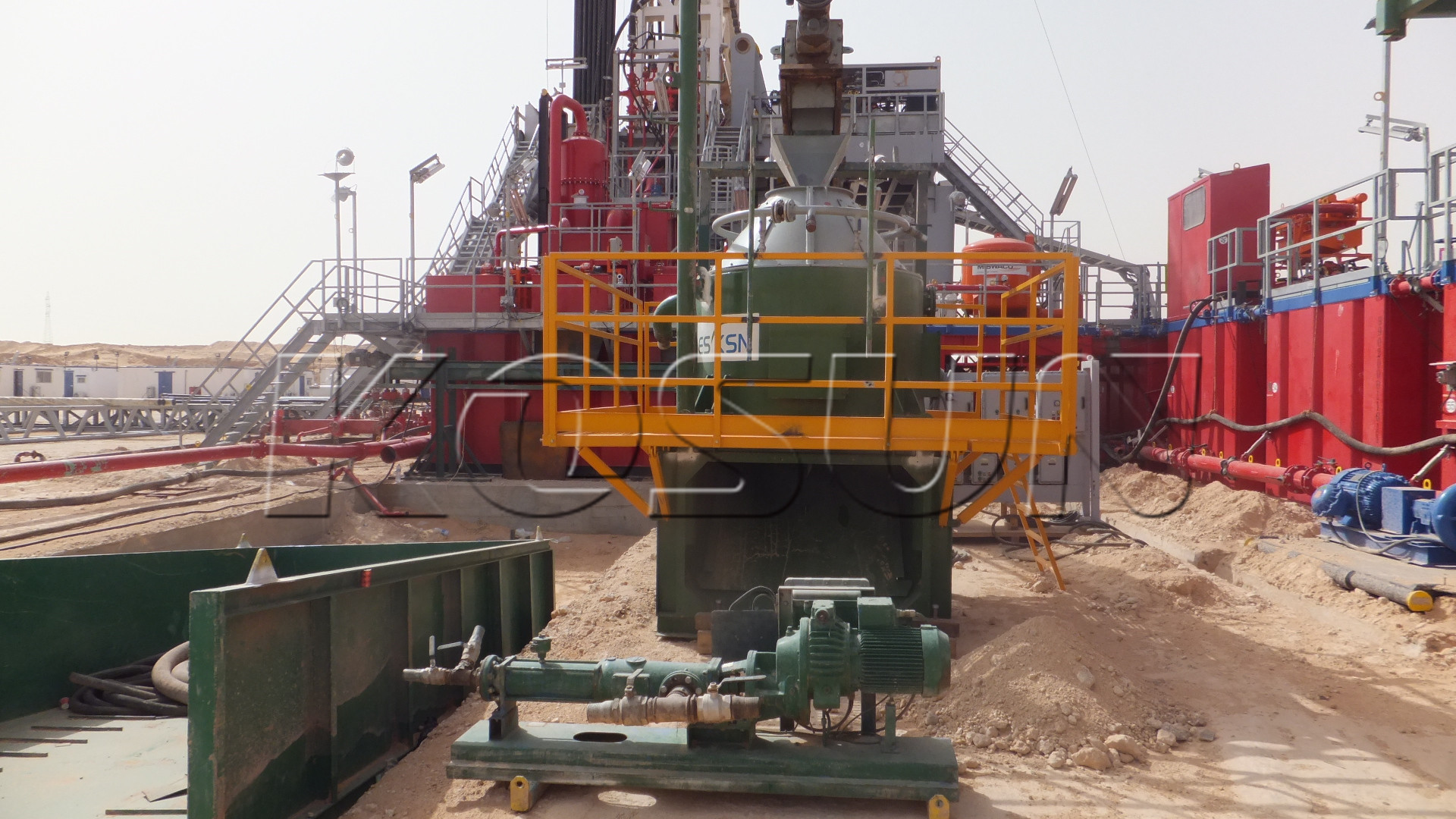At present, why
the sludge treatment of various industries is difficult to achieve the effect of deep dehydration?
According to the different characteristics of sludge, it is very difficult to deal with deep
dehydration of sludge:
1. In the characteristics of the sludge containing organic matter, more bacteria, variable nature, easy to corrosion cut infectious disease rate high and the sludge contains many harmful substances, organic and inorganic contain harmful toxic content is quite high, to the sludge deep dehydration operations bring great obstacles;
2. The sludge has a high moisture content and often has a gelatinous structure. When the structure of the sludge mixture is complex, the difficulty of deep dehydration is high.
According to different industries, the characteristics of sludge generated are also different, so it is difficult for the equipment to deal with
the deep dehydration of sludge to meet the requirements of the deep dehydration of sludge:
1. Municipal sludge industry: the sludge of this industry has high calorific value, rich nutrients, high heavy metal content, and fecal coliform value exceeding the requirements of the standards for resource utilization; High moisture content of sludge is difficult to treat. Due to the addition of flocculant, timely through the plate frame, strip machine and other mechanical dehydration treatment, the water content is still up to more than 75%, it is difficult to further disposal.
2. Petrochemical industry:
petrochemical sludge usually contains a large number of organic compounds, metals, hydrocarbons, oils, high water content, large volume, belongs to the hazardous waste sludge. Sludge resistance is dozens of times greater than ordinary sludge, higher compressibility, higher water content, complex composition, deep dehydration of the sludge is difficult, and there are safety risks, easy to cause secondary pollution.
